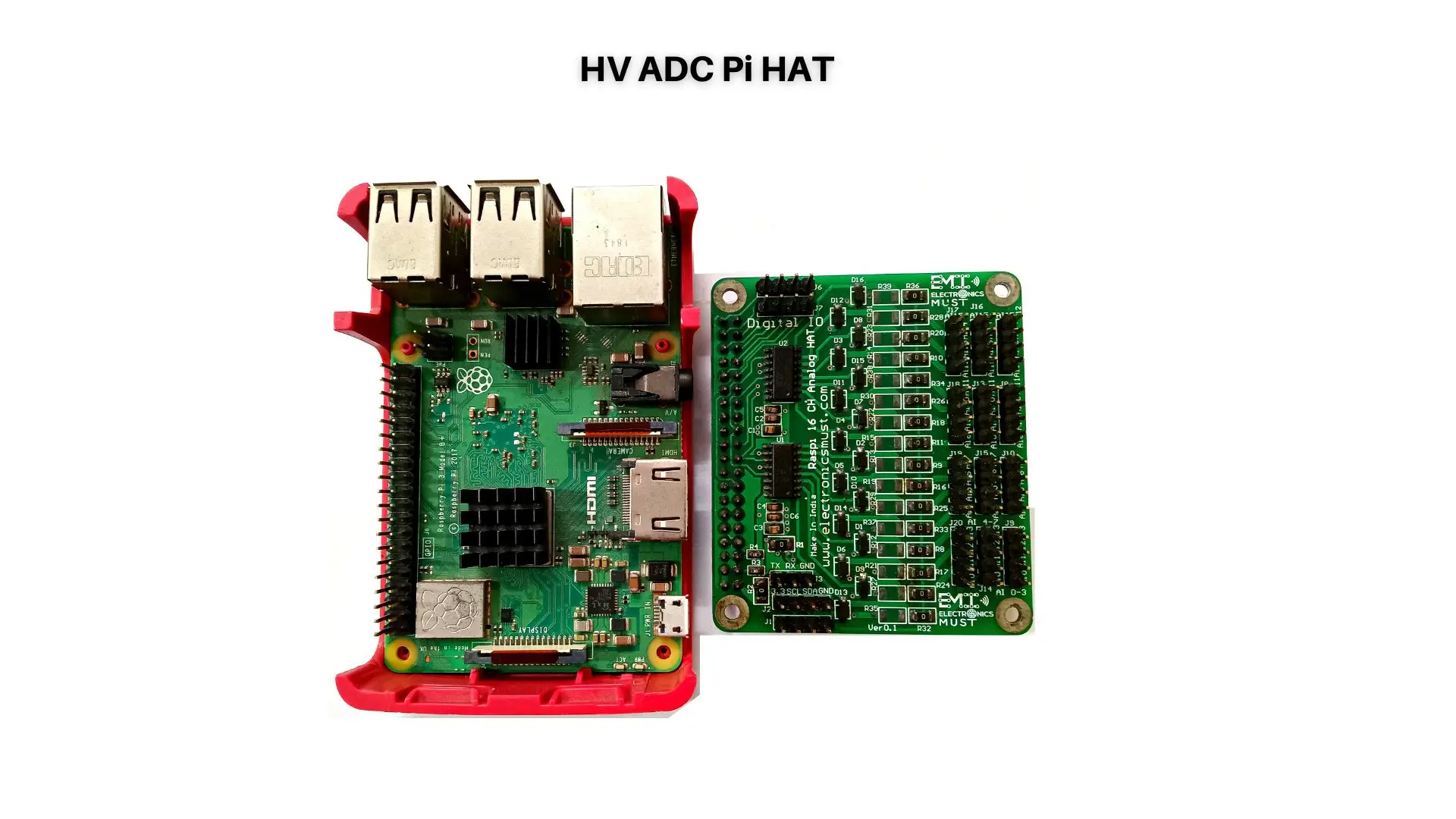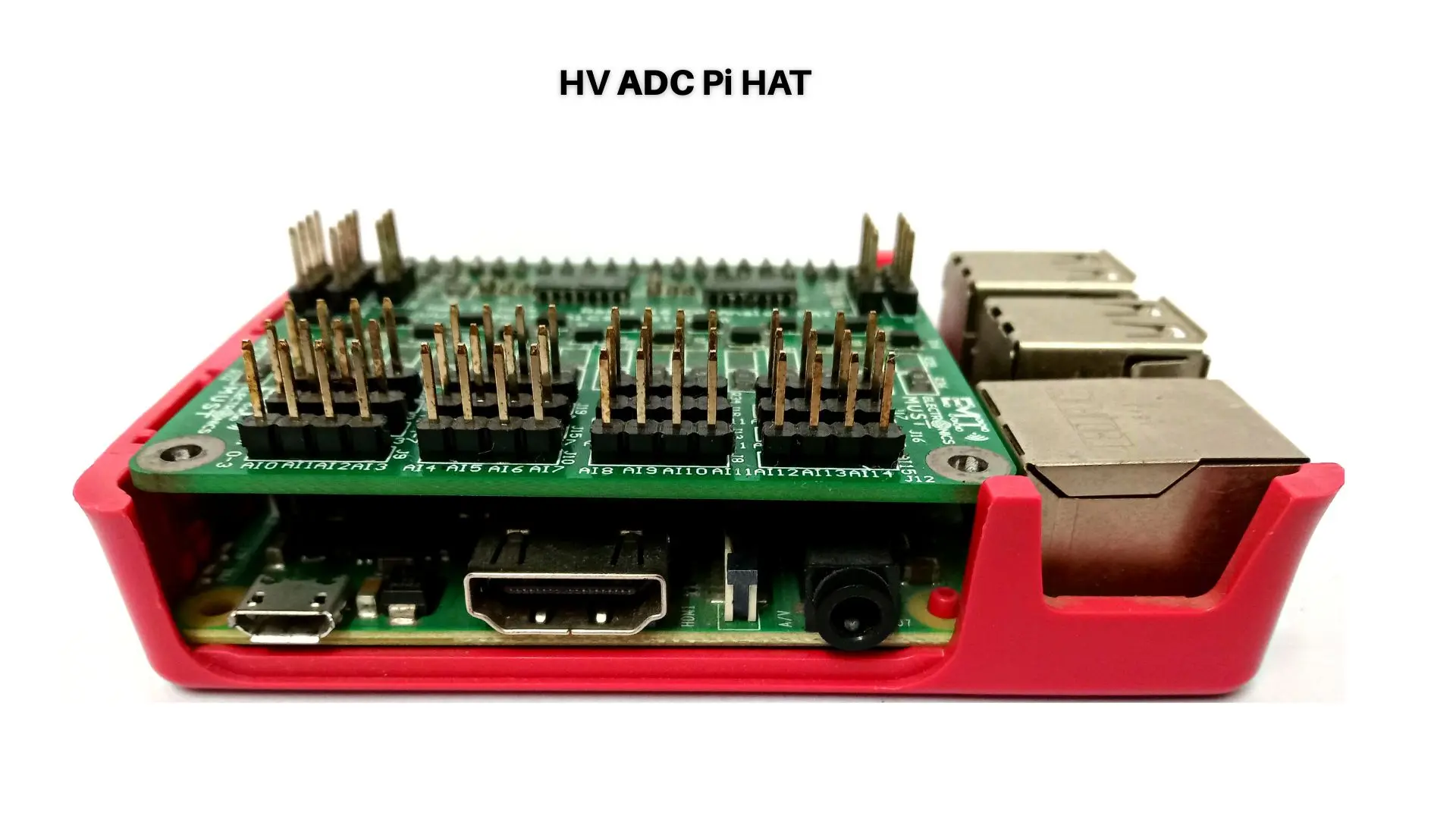Printed Circuit Board (PCB) manufacturing is a crucial aspect of the electronics industry, as PCBs are the backbone of most electronic devices. The manufacturing process of PCBs has evolved significantly over the years, with various trends and technologies driving innovation in this field. In this blog post, we will explore the future of PCB manufacturing, including emerging trends and technologies that are poised to shape the industry in the coming years.
The Evolution of PCB Manufacturing
Before we dive into the future of PCB manufacturing, let’s take a brief look at how the industry has evolved over the years. The first PCBs were developed in the 1940s, and the manufacturing process was entirely manual. The boards were made by drilling holes in a copper sheet, which was then coated with an acid-resistant material. The desired circuit pattern was then etched into the copper using acid, and the remaining acid-resistant material was removed, leaving behind the circuit pattern.
In the 1960s, the first automated PCB manufacturing machines were introduced, which significantly improved the efficiency of the process. Over the years, advancements in technology have led to the development of faster, more accurate, and cost-effective PCB manufacturing methods, such as surface-mount technology (SMT) and advanced assembly techniques.
Emerging Trends in PCB Manufacturing
As the demand for faster, more powerful, and smaller electronic devices continues to grow, PCB manufacturers are faced with the challenge of meeting these requirements while maintaining quality and reducing costs. Here are some emerging trends in PCB manufacturing that are likely to shape the industry in the coming years:
1. Miniaturisation
One of the most significant trends in PCB manufacturing is miniaturization. As devices become smaller and more compact, the PCBs inside them must also be smaller and thinner. Miniaturization requires manufacturers to develop new techniques for creating thinner, more precise PCBs with smaller components.
2. Flexible PCBs
Another trend in PCB manufacturing is the use of flexible PCBs. Flexible PCBs are thinner and more flexible than traditional rigid PCBs, making them ideal for use in wearable devices, medical equipment, and other applications where space is limited. The use of flexible PCBs also enables the creation of more complex designs that are not possible with rigid PCBs.
3. 3D Printing
3D printing is an emerging technology that has the potential to revolutionize the PCB manufacturing process. 3D printing can be used to create complex, multi-layered PCBs in a single step, eliminating the need for multiple manufacturing processes. This technology also allows for the creation of custom PCB designs with complex geometries that are not possible with traditional manufacturing methods.
4. Automation
Automation is another trend that is poised to transform the PCB manufacturing industry. Automated machines can perform tasks such as drilling, soldering, and testing with greater precision and efficiency than manual labor. This results in a faster and more cost-effective manufacturing process, with less room for error.
Emerging Technologies in PCB Manufacturing
Along with emerging trends, several new technologies are poised to transform the PCB manufacturing industry. Here are a few to watch out for in the coming years:
1. Artificial Intelligence (AI)
Artificial intelligence is already being used in various industries, and PCB manufacturing is no exception. AI can be used to optimize the manufacturing process, identify defects, and improve the quality of the finished product. For example, AI-powered inspection systems can detect defects in real-time, allowing manufacturers to fix them immediately and reduce waste.
2. Blockchain
Blockchain technology has the potential to transform many industries, including PCB manufacturing. By implementing blockchain technology, manufacturers can create a secure and transparent supply chain, ensuring the authenticity and quality of the raw materials used in the manufacturing process.
3. Internet of Things (IoT)
The rise of the Internet of Things (IoT) is also having a major impact on PCB manufacturing. As more devices become connected to the internet, the demand for PCBs that can support IoT functionality is skyrocketing.
IoT-enabled PCBs typically include features like sensors, wireless connectivity, and power management systems, making them ideal for use in everything from smart homes to industrial automation systems. As the demand for IoT devices continues to grow, PCB manufacturers are investing heavily in research and development to create boards that are optimized for IoT applications.
Conclusion
In conclusion, the future of PCB manufacturing is looking bright, with new technologies and trends emerging all the time. From flexible and rigid-flex PCBs to 3D printing, automation, and machine learning, there are countless innovations that are transforming the way we create printed circuit boards.






